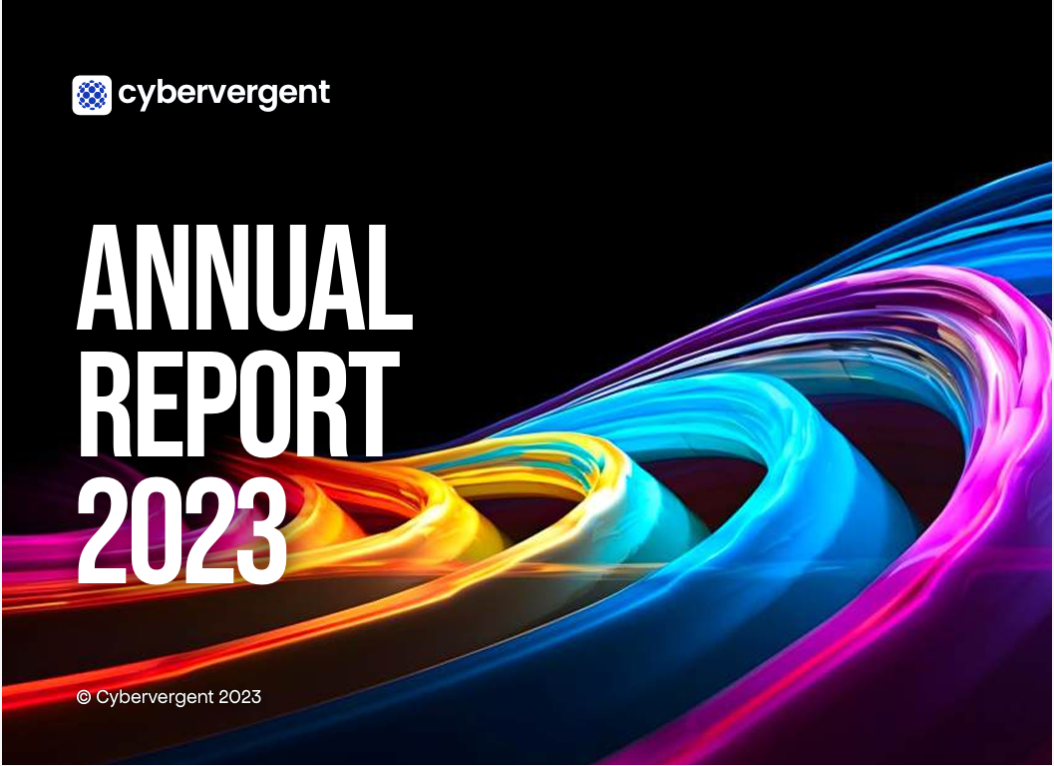You see the familiar red logo. You get the alert. "Security Warning," "Suspicious Login Attempt," "Your Storage is Full." It looks real. It feels urgent. You’ve just been targeted by one of the most sophisticated and widespread phishing campaigns in recent history, and it’s hijacking Google’s own identity to do it.
A new wave of fraudulent emails is flooding inboxes worldwide, posing as official Google security alerts. These aren't the clumsy, poorly worded scams of the past. They are convincing replicas designed to trigger panic and trick even the most cautious users into surrendering their login credentials.
This isn't a threat for "someone else", it's a direct threat to all Gmail users. The first line of defence is knowledge.
The Anatomy of a Perfect Fake: How the Scam Works
1. The Bait
You get an email that looks like it’s from Google maybesecurity-noreply@google.com or something close. The subject line sounds urgent:
- “Critical Security Alert”
- “Unusual Sign-In Detected”
- “Your Gmail storage is almost full”
It’s designed to make your heart race.
2. The Illusion
The email looks spot-on. Same logos. Same colours. Same footer links. At first glance, it feels like the real deal from Google. That’s the trick. it’s all about looking trustworthy.
3. The Hook
The message pushes you to act right now:
- “Verify your account”
- “Review suspicious activity”
- “Upgrade storage before you’re locked out”
That sense of urgency is meant to stop you from pausing to think.
4. The Trap
Clicking the link takes you to a fake Google login page. It’s so convincing most people wouldn’t notice the difference. But the second you type in your email and password, the hackers have it. From there, they can access:
- Your Gmail
- Your contacts
- Your photos
- Even banking, shopping, and work accounts linked to your email
In short: they can get the keys to your digital life.
Google-Approved Steps to Verify a Real Security Alert
1. Check the sender.
Real alerts only come from @google.com or @accounts.google.com. If it looks “off,” it probably is.
2. Go straight to your account.
Never click a link in the email. Instead, open myaccount.google.com/security and check Recent Security Events. If Google really noticed something, you’ll see it there. Authentic emails sent from Google to your Google Account will never ask you to sign in again to the account they were sent to.
3. Trust Gmail’s built-in warnings.
If Gmail shows a banner like “This message looks suspicious” believe it. Don’t interact with the email. It’s important to always be wary of any email that asks you for your username or password or sends you to unfamiliar websites that ask for your personal information.
4. Protect with 2FA or passkeys.
Turn on two-factor authentication (2FA) or use a passkey. Even if a scammer steals your password, they still can’t get in.
5. Report phishing attempts.
In Gmail, click the three dots (⋮) → Report phishing. This helps Google protect others too.
6. If you already clicked, act fast.
- Change your password immediately.
- Check your recovery info (phone/email).
- Run Google’s Security Checkup.
Bonus Tips for Extra Security
- Enable Two-Factor Authentication (2FA): This adds an extra layer of protection by requiring a second form of verification when you log in.
- Create Strong Passwords: Use a mix of letters, numbers, and symbols. Avoid using easily guessable passwords like birthdays or pet names.
- The Sender Inspection (Check the Real Address): Look beyond the display name. Click to expand the sender's full email address. What to look for: A sender like "Google Security" is just a display name anyone can set. The real address mightbe secure-alert23@questionable-domain.net. Google will never send critical security alerts from a non-@google.com address.
- The Grammar & Urgency Scan: Read the email carefully. Is it filled with grammatical errors, odd phrasing, or an overwhelming sense of panic?
What to look for: While some fakes are well-written, many still have subtle mistakes. Official Google communications are professional and clear. Extreme urgency, for instance : ("Your account will be deleted in 24hours!") is a classic phishing tactic.








.png)
.png)